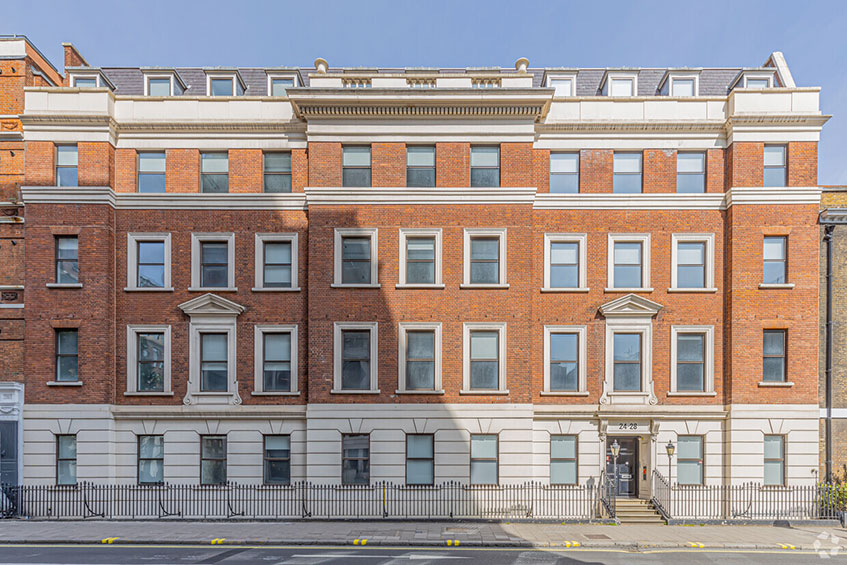Louise Clark addresses the approach to applications under the Access to Neighbouring Land Act 1992.
Key points
- The Act facilitates access to neighbouring land and explains how to approach an application
- The court has wide powers as to the terms on which access is to be granted and compensation paid
The sound principles on which the Access to Neighbouring Land Act 1992 was drafted and the common sense and neighbourliness of most landowners in England and Wales are the reasons why, almost 30 years after it was enacted, the High Court has only now provided a detailed analysis of its provisions in Prime London Holdings 11 Ltd v Thurloe Lodge Ltd [2022] EWHC 303 (Ch); [2022] PLSCS 31.
The background
The claimant was the owner of Amberwood House in South Kensington, which it was redeveloping as a “super-prime” property. The project, which was reaching its conclusion, involved removing all interior walls and fittings, digging out several levels of basement and refitting it to a very expensive standard.
The defendant owned the adjacent property, Thurloe Lodge, which was the subject of a similar project also involving the substantial enlargement of the original building. The shell and core works had been completed and the internal fit-out was about to begin. The parties had fallen out in 2019.
The claimant sought access to the defendant’s land to re-render and repaint the north wall of Amberwood House. The wall was set on the boundary line and could only be worked on from a narrow passageway between the two buildings, which was on the defendant’s land. The claimant proposed to erect scaffolding in the passageway from which the works would be carried out or to cantilever the scaffolding over the roof of Amberwood House to avoid taking materials through Thurloe Lodge.
The defendant objected to the works, arguing that they were aesthetic and not works of repair and that they would cause such disturbance and inconvenience that it would be unreasonable to make the order.
The law
The Act entitles an owner of land (the dominant land) to seek an access order to enter onto adjoining land (the servient land) to carry out works to the dominant land where the works are reasonably necessary for the preservation of the whole or any part of the dominant land and they cannot be carried out without entering the servient land.
The court distilled the process for deciding whether to grant an access order under section 1 of the Act into five questions, to be considered in order. The answers to questions 1 and 2 must be “yes” and, if the answers to 3 and 4 are “no”, an order should be made. If either 3 or 4 are confirmed then it is necessary to consider 5.
1. Are the works reasonably necessary for the preservation of the whole or any part of the claimant’s land?
The wall had been rendered since the 1920s/1930s and damaged during the basement excavation works. It was unkempt and unattractive and there was a risk of water ingress. Section 1(4) of the Act sets out broad categories of works which are “basic preservation works” and deemed to be reasonably necessary for the preservation of the property. They include works of maintenance, repair or renewal. The claimant’s works fell within one of those categories.
2. Would it be impossible, or substantially more difficult, to carry out the works without entry to the other land?
The parties agreed that the works could only be done with access to the defendant’s land.
3. Would the order cause interference with, or disturbance of, the use or enjoyment of the servient land?
The defendant was not currently in occupation of Thurloe Lodge because of the building project, but its contractor was. The court decided that both had use and enjoyment of the land capable of being disturbed by the claimant’s proposals.
4. If the order is granted, would the defendant or any other person occupying the land suffer hardship?
Disruption to the defendant’s building project could lead to financial hardship. However, the court could address this by exercising its wide powers under the Act to specify how and when the works were to be carried out and the precautions that the claimant should take, and to require it to pay compensation for loss, damage or injury, substantial loss of privacy or other inconvenience.
5. Would the interference, disturbance or hardship occur to such a degree that it would be unreasonable for the court to make an order?
In deciding this question, it was necessary to consider not only the defendant’s position, but also detriment to the claimant if the order was denied. The court should consider how legitimate objections could be mitigated in the order and the parties should assist the court in achieving this. While the claimant had adopted a constructive approach, the defendant had generally sought to find problems rather than solutions: its objections based on the use of the passageway, health and safety, and insurance were ill-founded.
The decision
The court granted the order sought, but permitted the defendant to elect whether the works should be carried out in 2022, during its building project, or delayed until 2023, after its completion. The defendant was entitled to compensation for losses which it could establish either prospectively or retrospectively, including: additional costs in accommodating the claimant’s works; delay due to the claimant’s works or in the defendant monetising its investment in the building (unless caused by the defendant’s election to delay the works); or damage to Thurloe Lodge. The defendant was not entitled to consideration – a licence fee – for the claimant entering its land because Amberwood House was a dwelling and those provisions of the Act did not apply.
Louise Clark is a property law consultant and mediator







